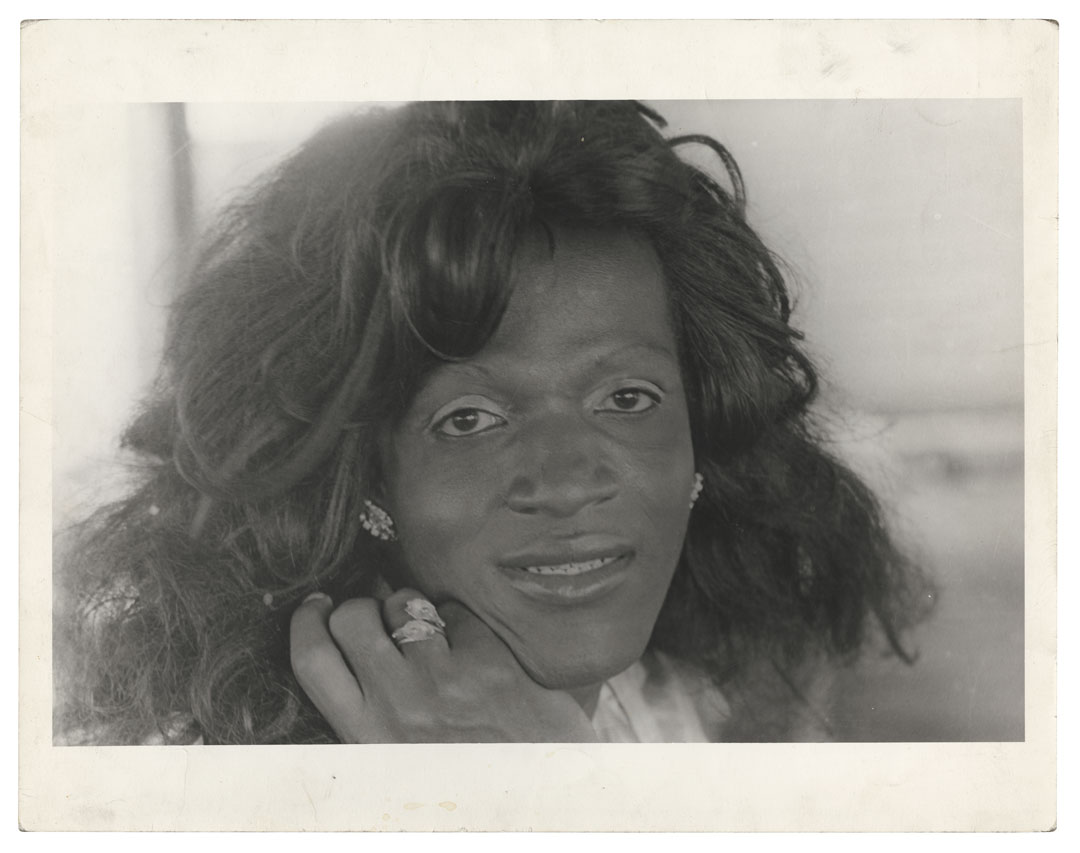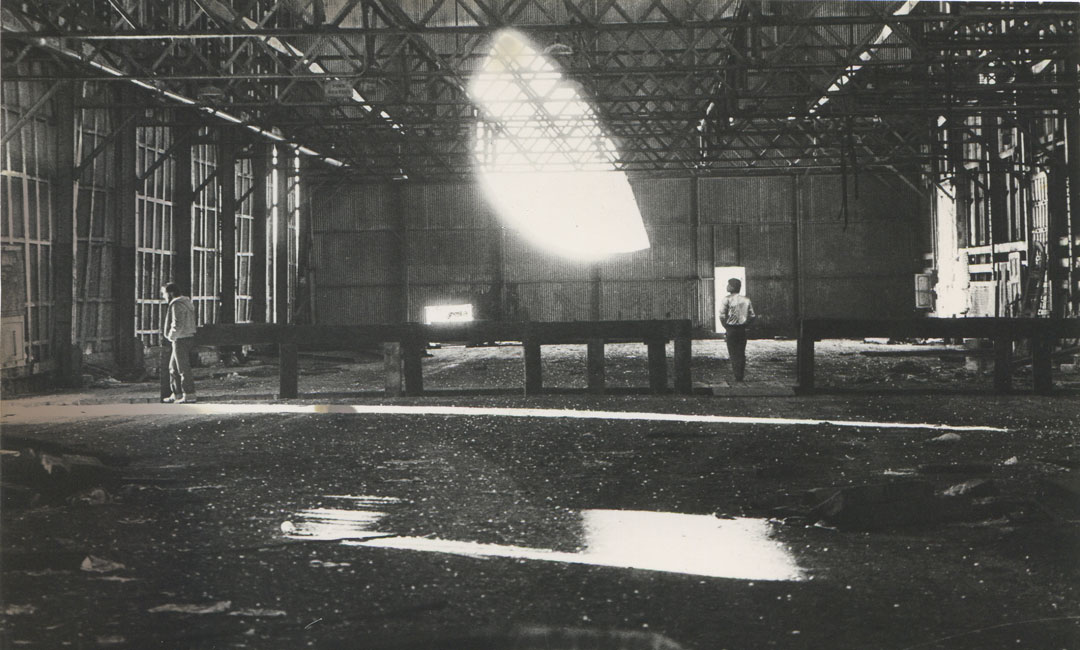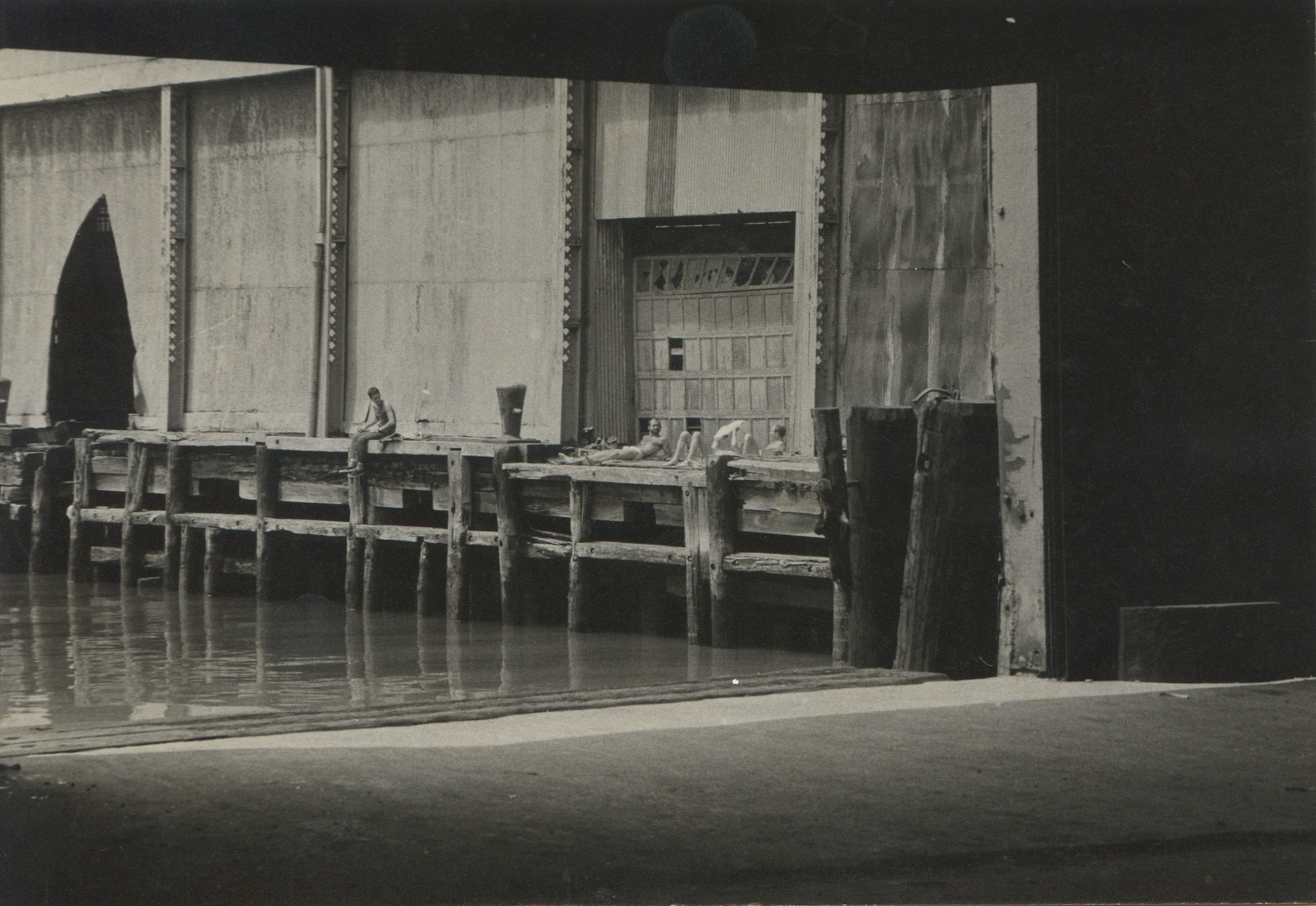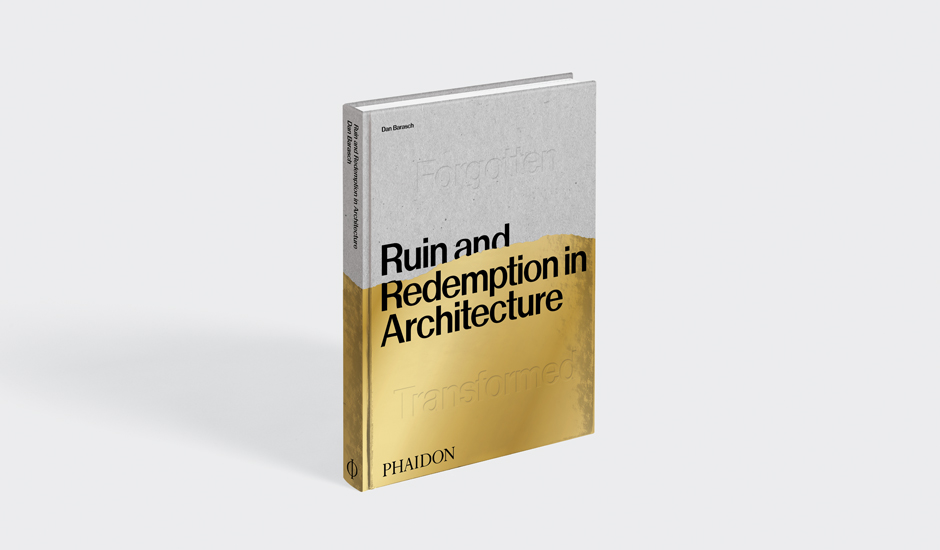
The forgotten photographer of NYC's queer piers
The Bronx Museum of Art is mounting the first large-scale retrospective of New York photographer Alvin Baltrop
Manhattan's West Side piers were built to accommodate ocean liners, and when affordable air travel led fewer people to take the ship to New York, many of them fell into disrepair.
However, some New Yorkers still found a use for these derelict berths and surrounding warehouses, even if this new purpose wasn’t entirely in keeping with their architects’ original plans.
“Between 1975 and 1986, Vietnam veteran and African-American artist Alvin Baltrop worked – that is to say, both cruised and photographed – the abandoned piers of Manhattan,” explains our newly updated edition of Art & Queer Culture. “The ruins were a major site for gay male sex as well as for art-world projects, including a dance by Joan Jonas, a pioneering exhibition curated by Willoughby Sharp, and Gordon Matta-Clark’s architectural ‘cut’ Day’s End.”

Baltrop – who worked as a cab driver, a street vendor and phoographic printer to support his hobby – captured the piers during an important period in gay life in America, from the repeal of sodomy laws in many states (including New York) through to the height of the AIDS crisis. Yet he still struggled to exhibit his work, and died a relatively obscure photographer, in 2004.
Now, the city’s Bronx Museum of the Arts is redressing this oversight, with a new show, The Life and Times of Alvin Baltrop. The exhibition which opens 7 August and runs until 9 February 2020, will feature over 120 photographs drawn from the Bronx Museum’s permanent collection and from private collections, which the museum have likened to the work of Robert Mapplethorpe, Peter Hujar and Peter Moor.

Though the pictures are, at times sexy, the museum is keen to stress the photographer’s humane, documentarian side. “Baltrop’s images captured leisurely sunbathing, cruising, sexual acts, and crime scenes,” it states. “With a sensibility to architecture, Baltrop portrayed his subjects with a heightened sense of drama, instilling his scenes with humanity. While the interest in Baltrop’s work often focuses on the libidinous atmosphere he captured, it’s important to situate that moment as pivotal in the LGBTQ community in its struggle for inclusion and civil rights.”

For more on Baltrop and his place in that artistic and civil struggle, buy a copy of Art & Queer Culture here; meanwhile, for more on derelict and repurposed buildings, get Ruin and Redemption in Architecture.
